The historic sea port of Georgetown is the third oldest city in South Carolina as well as the third largest watershed on the East Coast. Four major rivers confluence at the bay; the Black , PeeDee , Waccamaw and the Sampit. As a result of this fresh and saltwater confluence it provides essential nutrients and staging points for migrating marine life. The bay is most notably known for the breeding grounds for many inshore species. The diversity of Winyah Bay – North Inlet Reserve offers fisherman opportunities to fish using many tactics for a verity of species. The fish in these waters move as much as the mud and sand bars do with each passing tide. Winyah Bay tides run hard creating lots of current. With its heavy current and many obstructions local knowledge is paramount. Logging over a hundred days a year fly fishing and navigating Winyah Bay and helps keep us dialed in to the many changes.
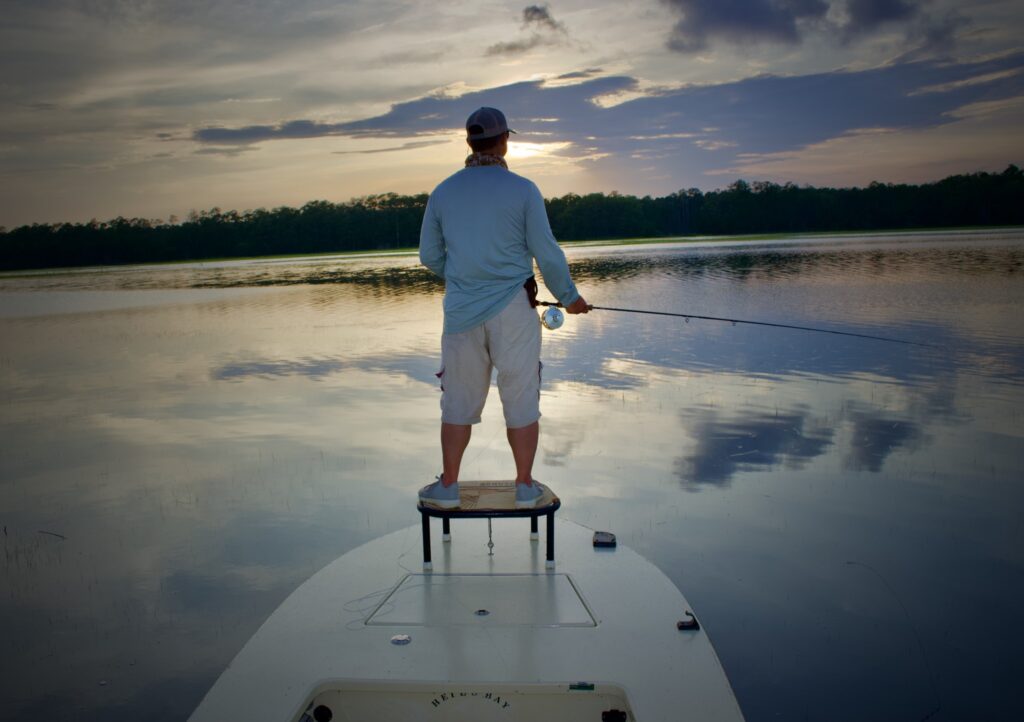
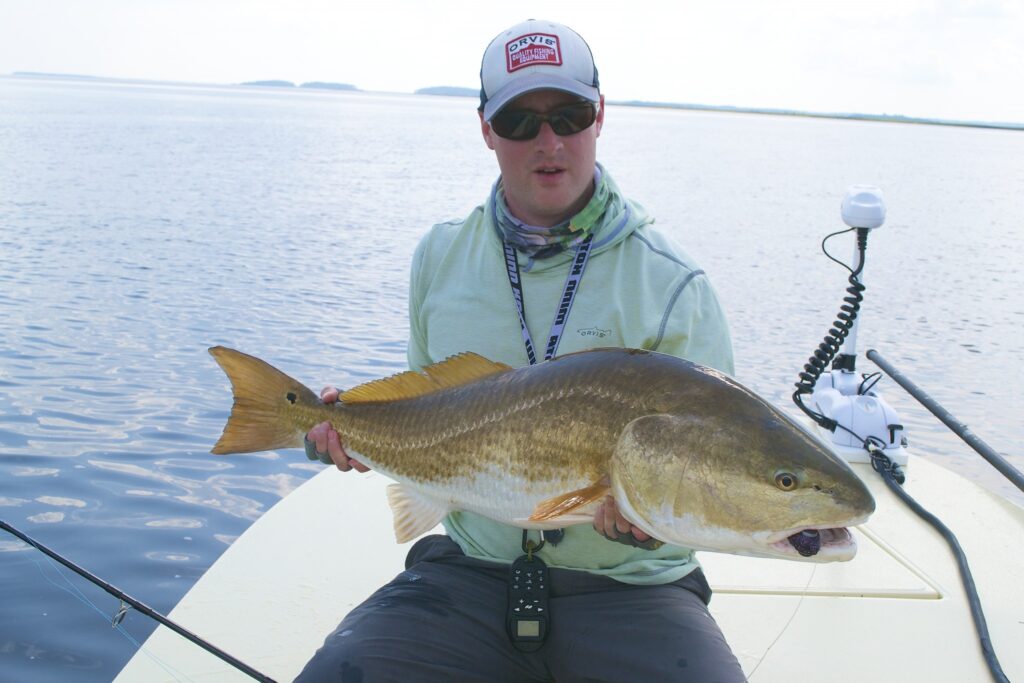
Fly Fishing Winyah Bay For Redfish and Tarpon
Game fish like the REDFISH , Speckled Sea Trout, Flounder, Sharks and Tarpon thrive in this vast bay. When fly fishing Winyah Bay for Redfish I prefer quietly poling the shallow water along shorelines and mud flats. Focusing around high and low tides looking for signs of feeding or Tailing Redfish. Fish will be under diving birds or feeding along shore lines. Finger Mullet, Menhaden, Shrimp and Blue Crabs are the primary diet of fish that reside in Winyah Bay. Knowing the way bait moves in and out with changing tides and currents is essential to being successful fishing this vast body of water. In general the best times to fish Winyah Bay is April through November. Winyah Bay and North Inlet Reserve is an unspoiled place, rich with history and wildlife. Historic Gearogetown is a must stop if you’r visiting the Grand Strand.

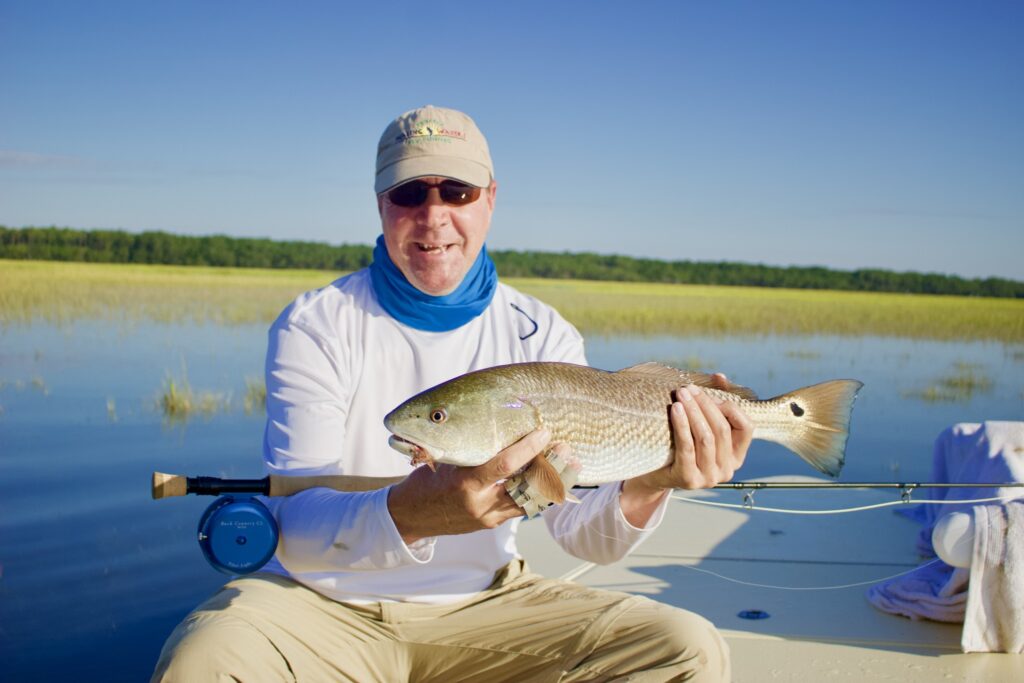

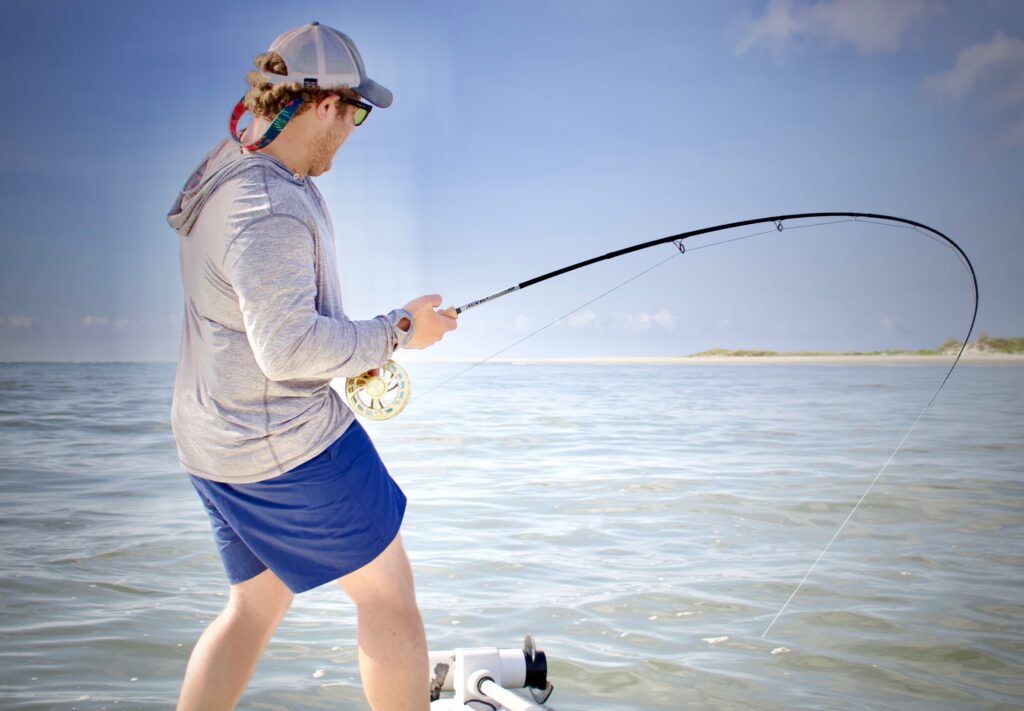
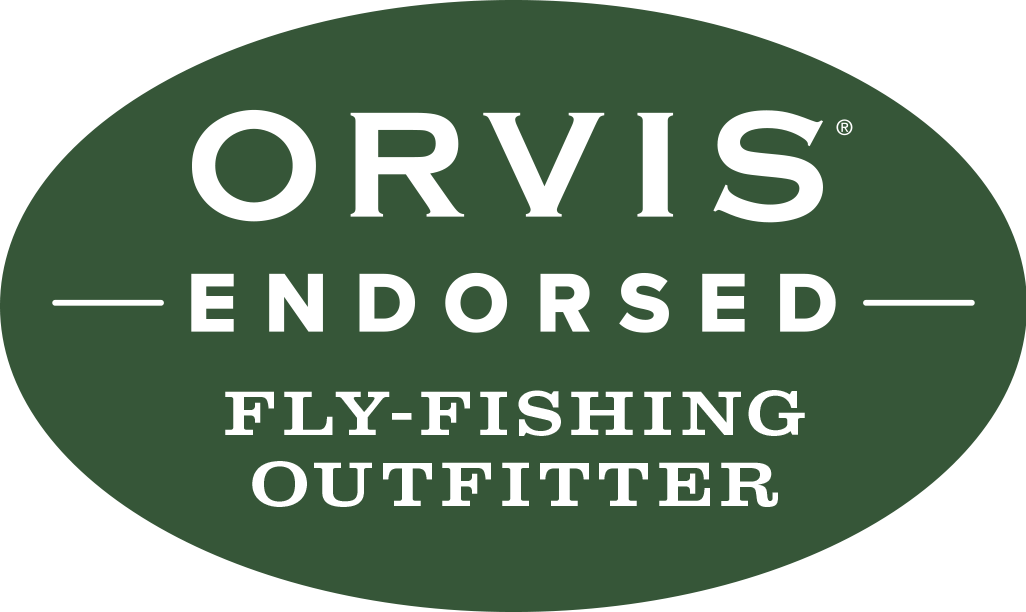
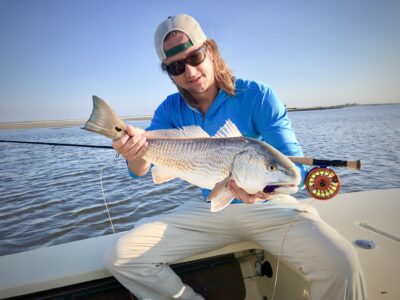
 Upland Hunting South Carolina Woodcock
Upland Hunting South Carolina Woodcock
Leave a Reply